I am dismayed to learn from reading this report that almost half of the twelve thousand structures listed in the Historic American Buildings Survey of the National Park Service have already been destroyed. This a serious loss and it underlines the necessity for prompt action if we are not to shirk our duty to the future.
– Lady Bird Johnson in With Heritage So Rich, 1966
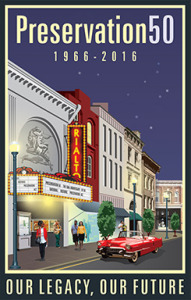 In the waning months of 1964, a small group of preservation advocates, beleaguered by nearly two decades of Federal transportation and urban renewal programs that decimated historic communities across the country, gathered to strategize about a new national framework for historic preservation. They wondered whether the “progress” ushered in by the post war economic boom could be redefined in ways that would respect, and even enhance, historic places? Those efforts would eventually lead, in October 1966, to the adoption of the National Historic Preservation Act, the most comprehensive and fully articulated law protecting historic places in the United States.
In the waning months of 1964, a small group of preservation advocates, beleaguered by nearly two decades of Federal transportation and urban renewal programs that decimated historic communities across the country, gathered to strategize about a new national framework for historic preservation. They wondered whether the “progress” ushered in by the post war economic boom could be redefined in ways that would respect, and even enhance, historic places? Those efforts would eventually lead, in October 1966, to the adoption of the National Historic Preservation Act, the most comprehensive and fully articulated law protecting historic places in the United States.
The country is preparing to mark the 50th anniversary of the NHPA in 2016, and there are many preservation accomplishments to celebrate, but also much left to be done. Preservation50, a coalition of national preservation organizations and agencies is organizing the celebration of the NHPA anniversary and they need your input and involvement. Continue reading
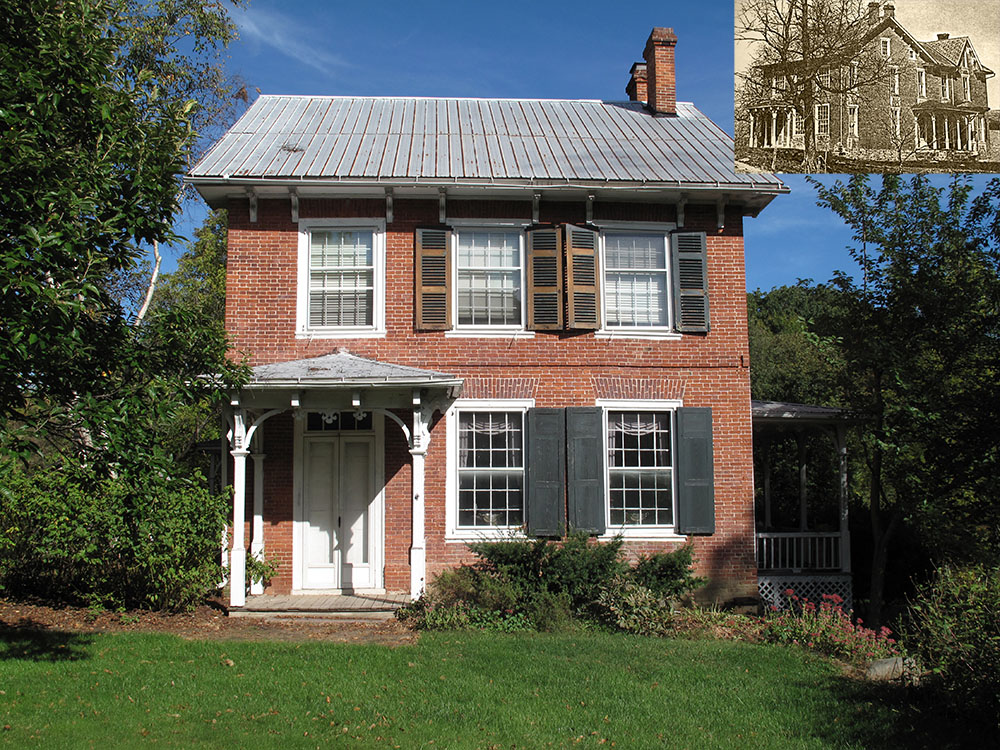
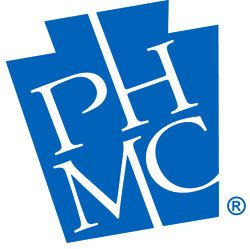

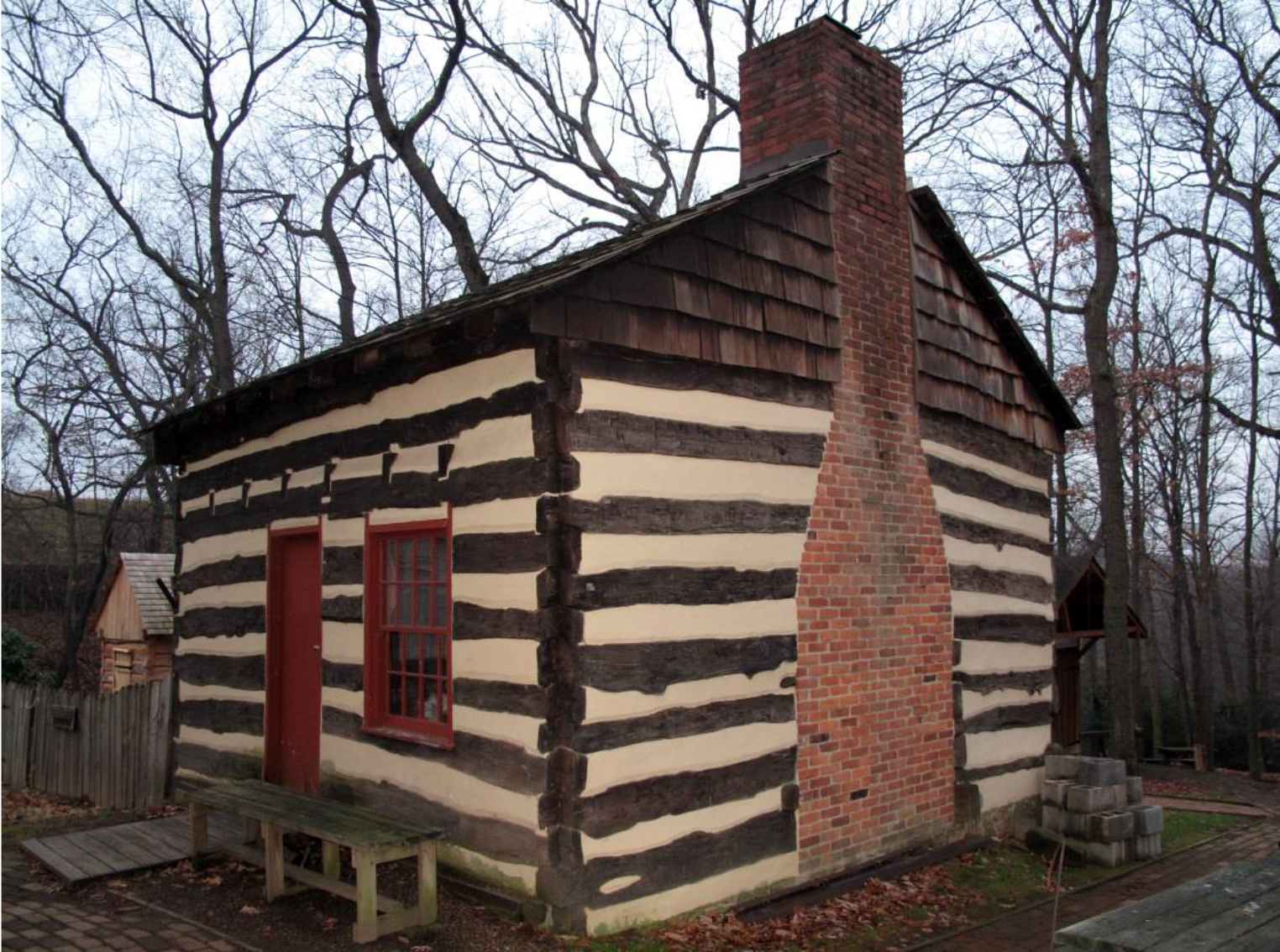





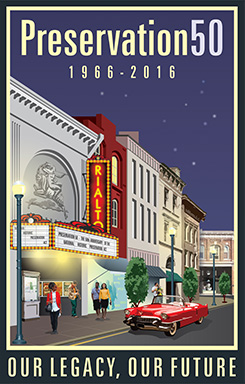
 In the waning months of 1964, a small group of preservation advocates, beleaguered by nearly two decades of Federal transportation and urban renewal programs that decimated historic communities across the country, gathered to strategize about a new national framework for historic preservation. They wondered whether the “progress” ushered in by the post war economic boom could be redefined in ways that would respect, and even enhance, historic places? Those efforts would eventually lead, in October 1966, to the adoption of the
In the waning months of 1964, a small group of preservation advocates, beleaguered by nearly two decades of Federal transportation and urban renewal programs that decimated historic communities across the country, gathered to strategize about a new national framework for historic preservation. They wondered whether the “progress” ushered in by the post war economic boom could be redefined in ways that would respect, and even enhance, historic places? Those efforts would eventually lead, in October 1966, to the adoption of the
Recent Comments